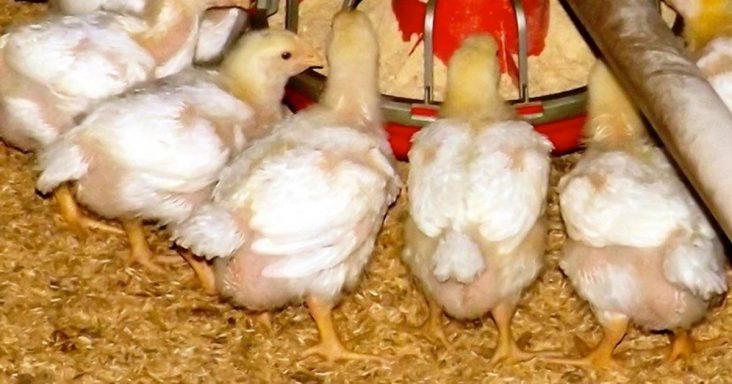Avian influenza found on Arkansas poultry farm
by November 2, 2023 2:21 pm 1,801 views

Avian influenza has infiltrated at least one farm in Arkansas, according to the Arkansas Department of Agriculture. Testing has confirmed a case on a poultry farm in Madison County.
Following an investigation by the Arkansas Department of Agriculture’s Livestock and Poultry Division in collaboration with the U.S. Department of Agriculture (USDA) Veterinary Services, the USDA National Veterinary Services Laboratory has confirmed poultry from this farm have tested positive for highly pathogenic H5N1 avian influenza (HPAI).
There is no public health concern, according to officials, and avian influenza does not affect poultry meat or egg products, which remain safe to eat. The Arkansas Department of Agriculture and partner agencies, including the USDA, are working to contain the situation. Actions include sampling and quarantining nearby poultry flocks.
“We have taken immediate action to contain this disease and will continue to work with poultry growers, the industry, and our laboratory partners to protect against its spread,” said Arkansas Secretary of Agriculture Wes Ward. “Arkansas poultry is safe to eat, and consumers can be confident in the safety of their food.”
“The farm is under quarantine to stop the spread of avian influenza to other flocks in the state,” said Arkansas State Veterinarian John Nilz.
Under the provisions of the Poultry Disease and Flock Condemnation Rule poultry and waterfowl cannot be exhibited in an affected area. Poultry and waterfowl cannot be moved within an impacted area, and none can be sold, bartered, traded, auctioned, or given away at swap meets, auctions, flea markets or other similar events and locations.
An affected area is an area determined by the Arkansas Department of Agriculture of approximately 25 miles surrounding a flock with a confirmed case of HPAI. The boundaries of the affected area for the confirmed case in Madison County are Gateway (northernmost), Osage (easternmost), Combs (southernmost), and Harmon (westernmost).
